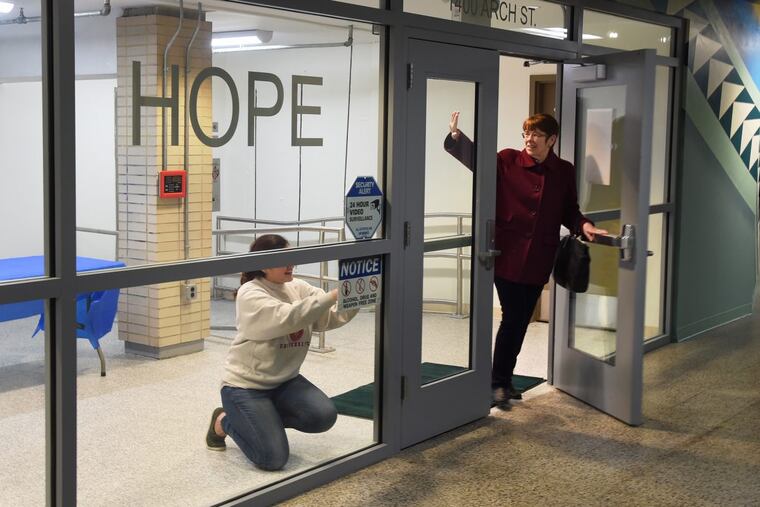For homeless, a season of danger | Editorial
Even just calling the City’s hotline on a cold night when you see a homeless person on the street could be the difference between life and death.

For the homeless, the holiday season is also the season of danger, with the daily challenge of surviving the frigid element without shelter.
According to the 2017 annual report of the Philadelphia Office of Homeless Services, the number of people who experienced homelessness on a January night in the City was 5,693 — a decrease of more than 400 people from January of 2016 (a new count will be conducted this January). Of those, 4,737 were staying in a shelter of some kind, leaving 956 people unsheltered.
For the homeless, a cold night could be deadly. A review of the cause of death of homeless people conducted by the office of the medical examiner found that between 2011-2015, hypothermia led to the death of one homeless person every year. But death is not the only consequence of staying out in the freezing cold. Frostbites can lead to a range of injuries from acute pain to limb amputation.
One reason that Philadelphia doesn’t see more hypothermia-related deaths among the homeless is because of the efforts of the Office of Homeless Services. Whenever the National Weather Service predicts wind child of 20 degrees or lower or 32 degrees with precipitation, the city declares a code blue — when outreach teams are deployed and emergency shelters, which are usually open only at night, remain open during the day. This winter, the city has added 304 beds and 124 cafe slots — a shelter cot without any other services — for people to take advantage of during a code blue.
Other services available are the Hub of Hope in the Suburban Station concourse — a facility operated by the City and Project HOME that is open during the day on the winter months. The Hub offers hot coffee, meals, showers, laundry, medical and dental services, and a host of social services, as well as a warm place to socialize with peers. The Hub also offers transportation to shelters at the end of the day.
To ensure that people who are homeless know about these services, Project HOME and the Center City District launched a new ad campaign last week around Center City. The goal of the campaign is to inspire people who are unsheltered to utilize services. The ads show people who were homeless and have managed with the help of services to get off the street.
The city is also addressing homelessness in more long term forms. For example, the Department of Homeless Services has expanded its rapid re-housing program, in which people who experience homelessness receive short term assistance with rent — 85 percent of program participants do not return to the street.
The challenges are still grave. Federal funds for housing and homelessness services programs have been in a steady decline in recent years, leaving the city and state with the burden. According to the Office of Homeless Services, any donation of money, warm clothes, food, or toiletries to service providers helps. But even just calling the City’s hotline on a cold night when you see a homeless person on the street could be the difference between life and death.
The city’s 24/7 homeless outreach hotline: 215-232-1984